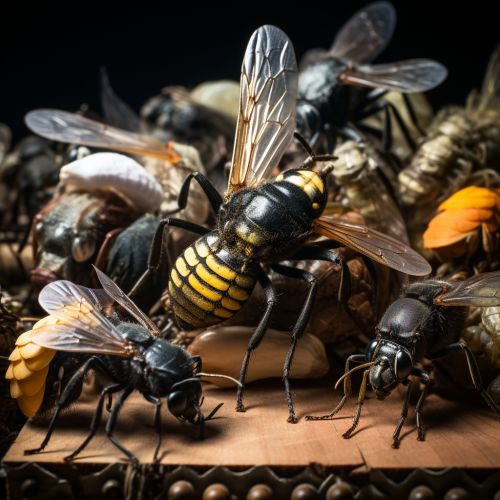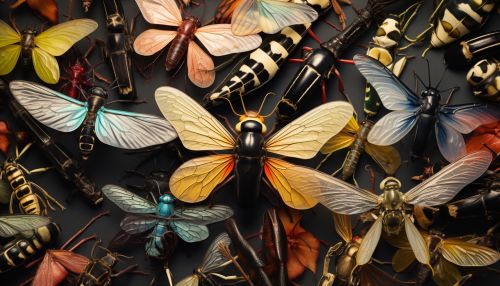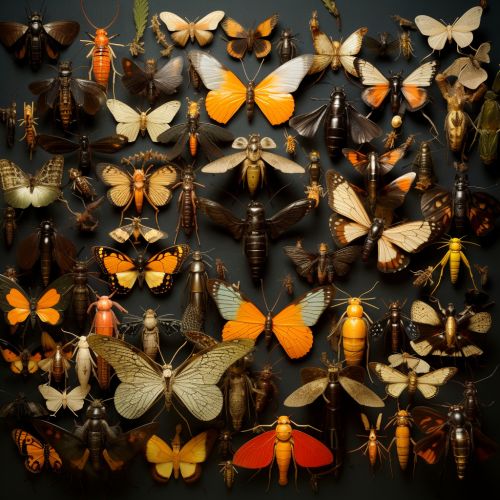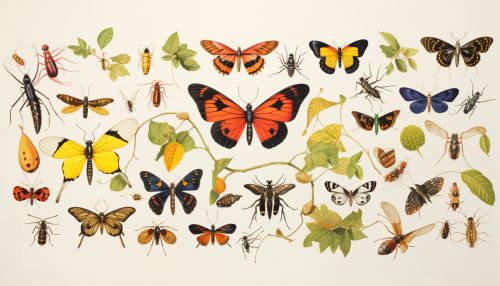Insect Systematics
Introduction
Insect systematics is the scientific study and organization of insects, based on their evolutionary relationships and shared characteristics. This field is a branch of entomology, the study of insects, and is closely related to taxonomy, the science of naming, describing, and classifying organisms.


History of Insect Systematics
The history of insect systematics dates back to the time of Aristotle, who was among the first to classify living organisms. His system, however, was simplistic and based primarily on observable characteristics, such as the presence or absence of wings and the number of legs. As the field of entomology evolved, so too did the methods and principles of insect systematics.
Principles of Insect Systematics
Insect systematics relies on several key principles. These include the concepts of homology and analogy, the use of morphological and molecular data, and the application of phylogenetic systematics.
Homology and Analogy
Homology refers to the similarity in characteristics resulting from a shared ancestry. For example, the wings of a butterfly and the wings of a beetle are homologous structures because they both evolved from the same ancestral insect wing. In contrast, analogy refers to similarities that arise not from common ancestry, but from convergent evolution. An example of this would be the wings of a bird and the wings of an insect, which evolved independently but serve the same function.
Morphological and Molecular Data
Morphological data, such as the structure of an insect's body, its coloration, and its behavior, have traditionally been used in insect systematics. However, with the advent of molecular biology, genetic information has become increasingly important in determining relationships among insects. DNA sequencing, in particular, has revolutionized the field, allowing for more precise and accurate classifications.
Phylogenetic Systematics
Phylogenetic systematics, also known as cladistics, is a method of classification that seeks to group organisms based on their evolutionary relationships. In this approach, insects are grouped into clades, each of which includes an ancestor and all of its descendants. This method differs from traditional taxonomic approaches, which often group organisms based on shared characteristics, regardless of their evolutionary relationships.
Classification of Insects
Insects are classified into orders, families, genera, and species. There are approximately 30 orders of insects, which include well-known groups such as the beetles, butterflies and moths, and flies. Each order is further divided into families, then genera, and finally species.


Challenges in Insect Systematics
Despite advances in technology and methodology, there remain several challenges in insect systematics. These include the sheer number of insect species, the difficulty in distinguishing between closely related species, and the lack of resources and expertise in some areas of the world.
Future Directions
The future of insect systematics lies in the continued integration of morphological and molecular data, as well as in the development of new technologies and methodologies. In particular, the use of genomics and bioinformatics is expected to play a significant role in the field's future.
